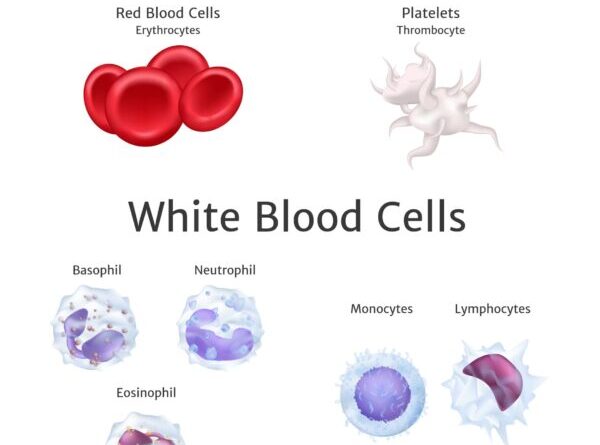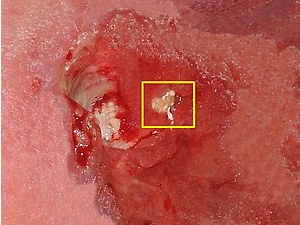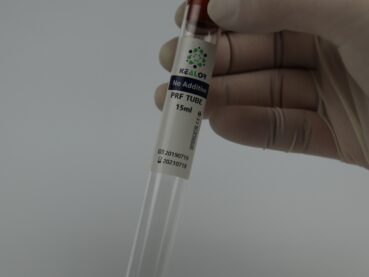Flow cytometry is a technique used to analyze and quantify cells and particles in a fluid sample. It is commonly used in research and clinical settings to study the characteristics of platelets and other blood cells. Platelet-rich plasma (PRP) is a valuable source of platelets for flow cytometry analysis, but it requires proper preparation to ensure accurate and reliable results. In this article, we will discuss how to prepare platelets for flow cytometry from platelet-rich plasma.
What is Platelet-Rich Plasma (PRP)?
Platelet-rich plasma (PRP) is a plasma fraction of whole blood that contains a higher concentration of platelets than normal blood. It is obtained by centrifuging whole blood at a specific speed and time to separate the plasma from the red blood cells and platelets. PRP is a valuable source of platelets for various medical procedures, including flow cytometry analysis.
Preparing Platelets from Platelet-Rich Plasma for Flow Cytometry
To prepare platelets from platelet-rich plasma for flow cytometry analysis, the following steps can be taken:
Collect Blood Sample
The first step is to collect a blood sample from the patient or donor. The blood sample should be collected using a standard blood collection kit, and anticoagulants, such as citrate, can be added to prevent coagulation.
Prepare Platelet-Rich Plasma
The next step is to prepare platelet-rich plasma (PRP) from the blood sample. This is done by centrifuging the blood at a specific speed and time to separate the plasma from the red blood cells and platelets. The resulting PRP should be collected in a sterile container.
Wash Platelets
The next step is to wash the platelets to remove any residual anticoagulant or plasma proteins that may interfere with flow cytometry analysis. The platelets can be washed with a buffer solution, such as phosphate-buffered saline (PBS), by centrifugation at a low speed.
Resuspend Platelets
The washed platelets should then be resuspended in a buffer solution that is compatible with flow cytometry analysis, such as HEPES-buffered saline or Tyrode’s buffer. The platelets should be gently resuspended to avoid activation or aggregation.
Stain Platelets
To analyze the characteristics of platelets using flow cytometry, they need to be stained with specific antibodies or dyes. The choice of staining reagents will depend on the specific research question or clinical application. Commonly used antibodies for platelet analysis include CD41, CD61, and CD62P.
Analyze Platelets with Flow Cytometry
The final step is to analyze the stained platelets using flow cytometry. The platelets should be analyzed immediately after staining to avoid degradation or loss of fluorescence signal. The flow cytometer settings, such as the laser power and detector settings, should be optimized for platelet analysis to ensure accurate and reliable results.
Conclusion
Preparing platelets from platelet-rich plasma for flow cytometry analysis requires several steps to ensure accurate and reliable results. By following the steps outlined above, researchers and clinicians can obtain high-quality platelet samples for flow cytometry analysis and gain valuable insights into platelet biology and function.








